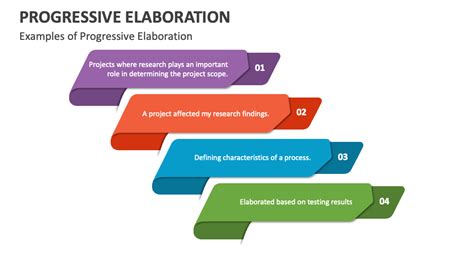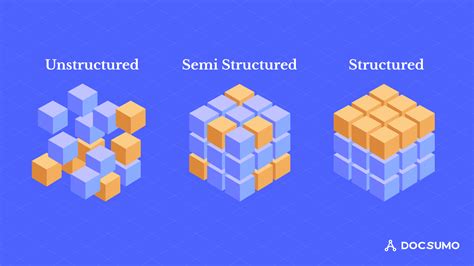Maximize strength & muscle gains with optimal progressive overload techniques?

The Cornerstone of Gains: Understanding Progressive Overload
For anyone serious about building strength and increasing muscle mass, understanding and implementing progressive overload isn’t just a suggestion—it’s the absolute bedrock of success. It’s the mechanism through which your body adapts, grows stronger, and develops more resilient muscle tissue. Without a systematic approach to progressive overload, your workouts, no matter how intense they feel, will eventually hit a plateau, leading to stagnant results.
What Exactly is Progressive Overload?
At its core, progressive overload is the gradual increase of stress placed upon the musculoskeletal system during exercise. To continually improve in strength, size, or endurance, you must consistently challenge your muscles beyond their current capabilities. Your body is an incredibly adaptable machine; once it adapts to a certain stimulus, that stimulus no longer triggers the same growth response. Progressive overload ensures you’re always providing a new, more demanding challenge.
This principle applies universally, whether you’re lifting weights, performing bodyweight exercises, or engaging in endurance training. The key is to make your training progressively harder over time, forcing your body to respond by getting stronger and building more muscle.

Key Techniques to Implement Progressive Overload
There are multiple ways to apply progressive overload, and a well-rounded program often utilizes several of them. Here are the most effective techniques:
1. Increase the Weight (Load)
This is arguably the most straightforward and commonly understood method. Simply lift heavier weights over time. If you lifted 100 lbs for 3 sets of 8 reps last week, aim for 105 lbs for the same reps this week, or 100 lbs for 3 sets of 9 reps. Small, consistent increases add up significantly over months and years.
2. Increase Repetitions
If increasing the weight isn’t feasible or desired for a particular exercise, adding more repetitions with the same weight is an excellent strategy. For example, moving from 3 sets of 8 reps to 3 sets of 10 reps with the same weight is a clear progression.

3. Increase Sets (Volume)
Adding an extra set to an exercise increases your total training volume, placing greater demands on your muscles. If you were doing 3 sets, moving to 4 sets with the same weight and reps is a form of progressive overload.
4. Decrease Rest Intervals
Reducing the time you rest between sets increases the density of your workout, meaning you’re doing the same amount of work in less time. This elevates intensity and metabolic stress, promoting muscle adaptation. Be careful not to reduce rest so much that your performance drastically suffers.
5. Improve Form or Range of Motion
Performing an exercise with stricter form, a fuller range of motion, or controlling the eccentric (lowering) phase more effectively can make it significantly harder, even with the same weight. This is a crucial, often overlooked, form of progression as it directly enhances the quality of your work.

6. Increase Training Frequency
Training a muscle group more often per week provides more opportunities for stimulus and growth. If you currently train your chest once a week, training it twice a week (with adequate recovery) can be a form of progressive overload for that muscle group.
7. Utilize Advanced Techniques
Techniques like supersets, drop sets, pause reps, or tempo training can increase the difficulty and intensity of an exercise, pushing your muscles beyond their comfort zone without necessarily adding more weight. These should be used strategically to avoid overtraining.
The Importance of Tracking Your Progress
To effectively implement progressive overload, you must track your workouts. A simple notebook, a fitness app, or a spreadsheet can serve as your logbook. Record the exercises you perform, the weight used, the sets and reps completed, and even how you felt. This data is invaluable for ensuring you’re making measurable progress and making informed decisions about your next workout.

Common Pitfalls to Avoid
- Inconsistency: Progressive overload only works if you’re consistent with your training and tracking.
- Ego Lifting: Sacrificing form for heavier weights not only increases injury risk but also reduces the effectiveness of the exercise.
- Not Varying Techniques: Relying on just one form of progressive overload can lead to plateaus. Mix it up!
- Ignoring Recovery: Pushing yourself harder requires adequate rest, nutrition, and sleep to facilitate adaptation.

Your Blueprint for Continuous Growth
Progressive overload is not just a concept; it’s a dynamic, ever-evolving strategy that forms the backbone of any successful strength and muscle-building program. By consistently challenging your body in various intelligent ways—whether by adding weight, reps, sets, or refining your technique—you provide the necessary stimulus for continuous adaptation. Embrace the grind of consistent progression, track your efforts diligently, and watch as your strength and muscle gains reach new heights.







